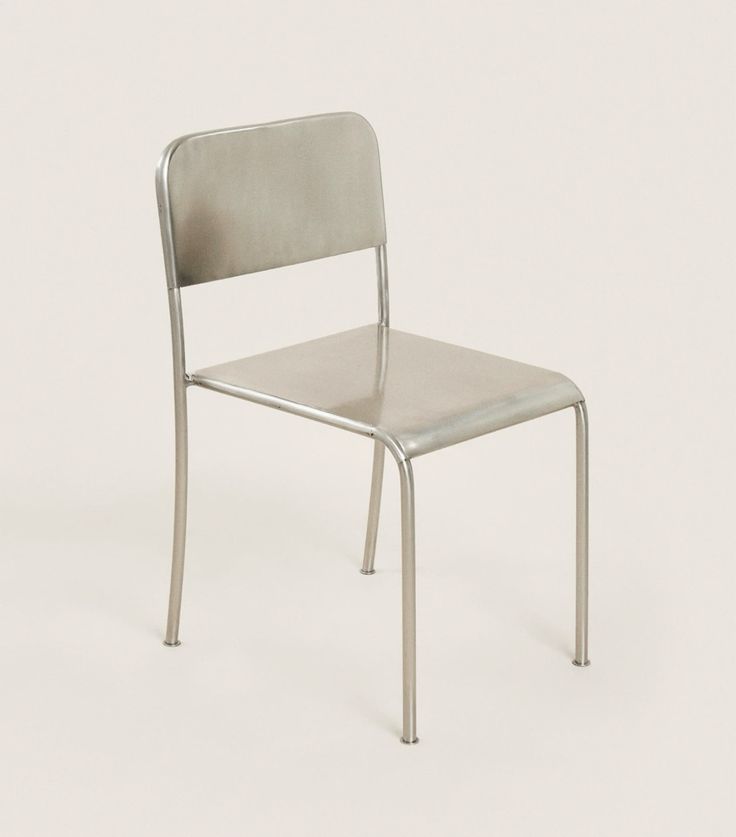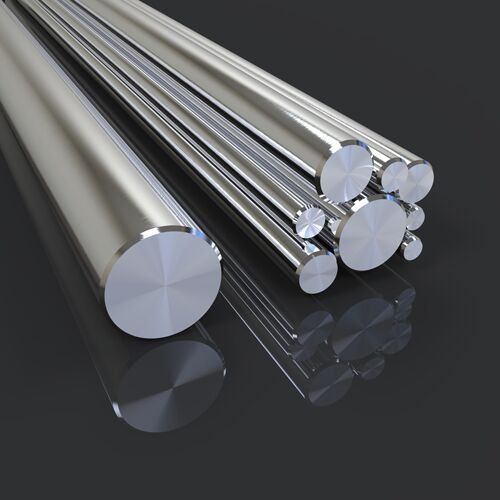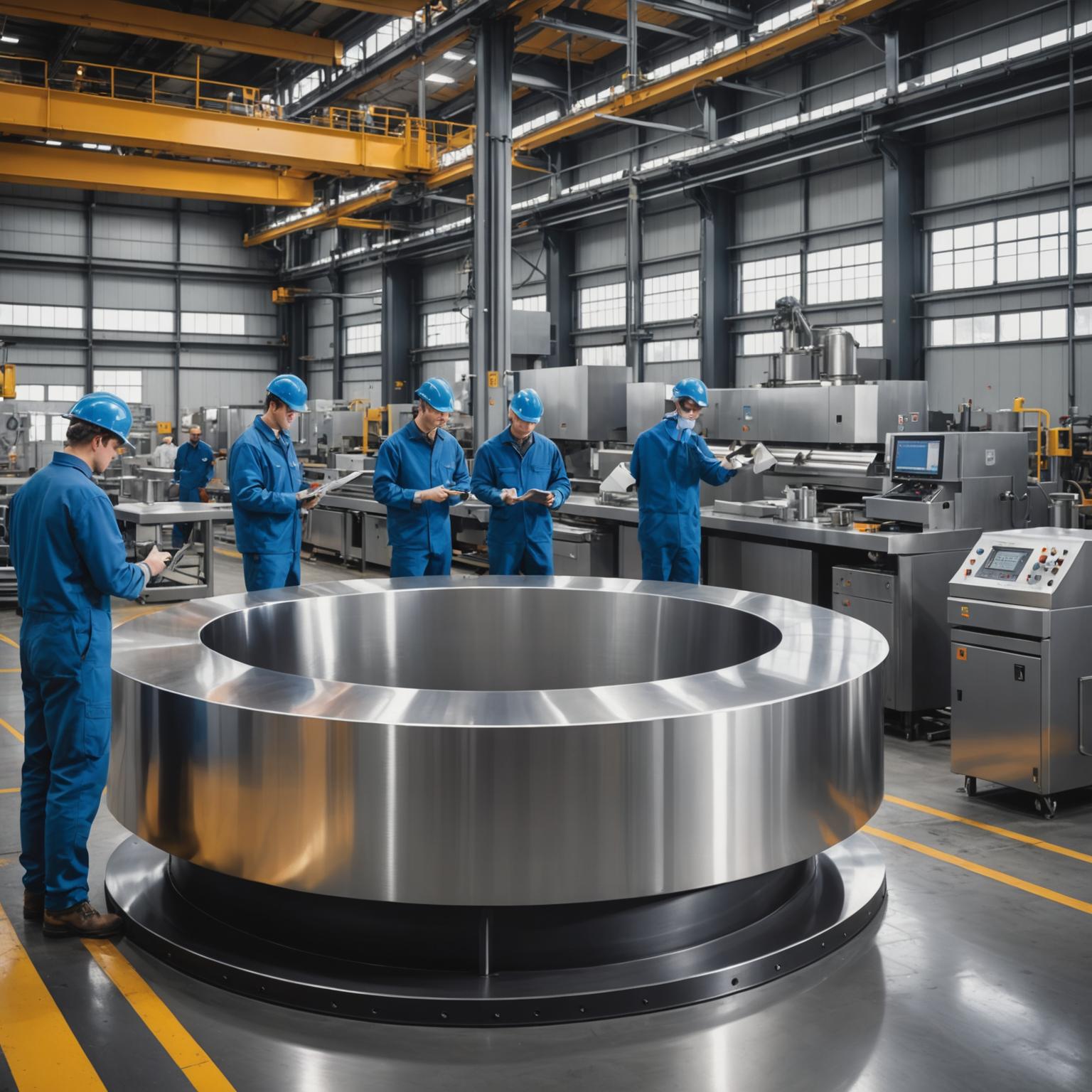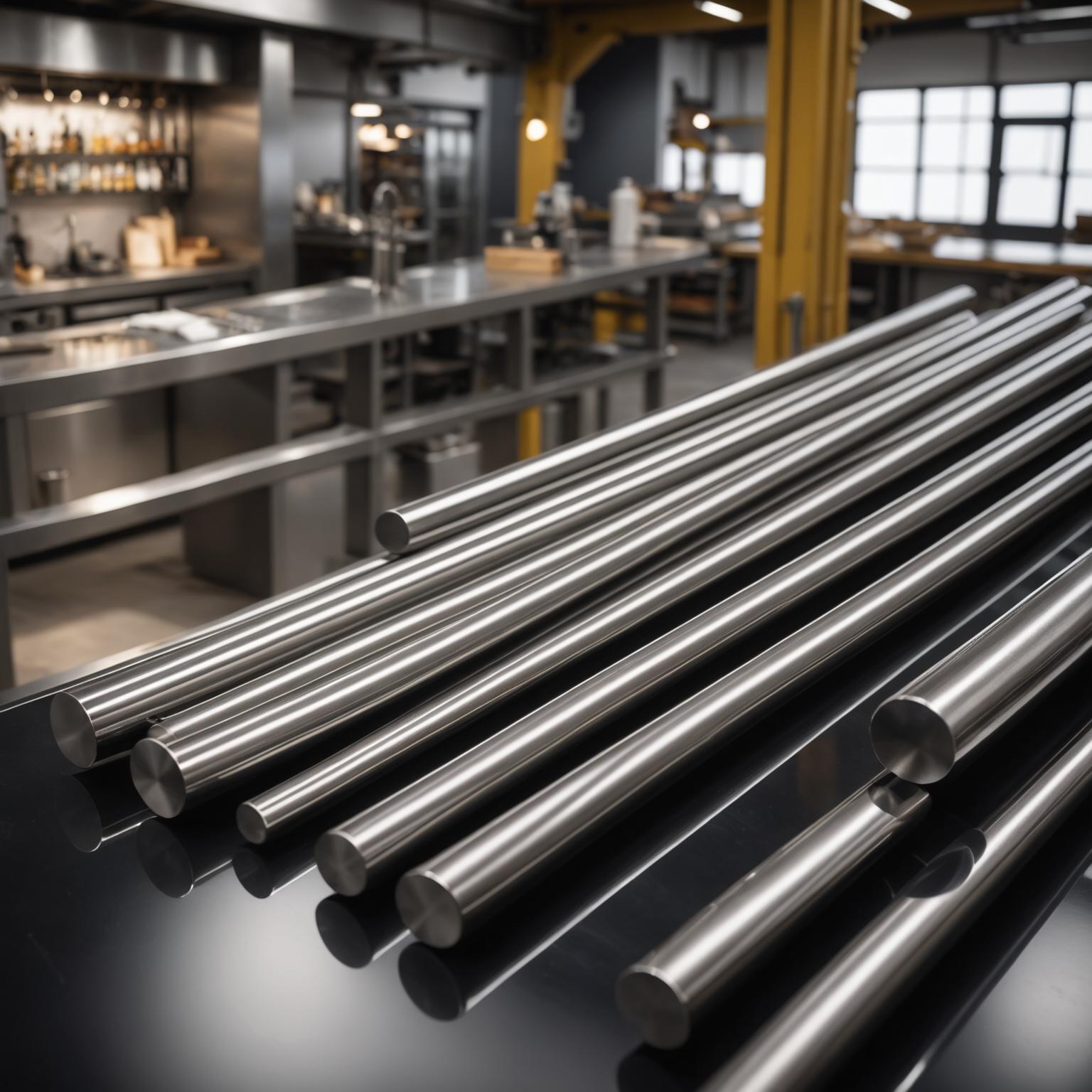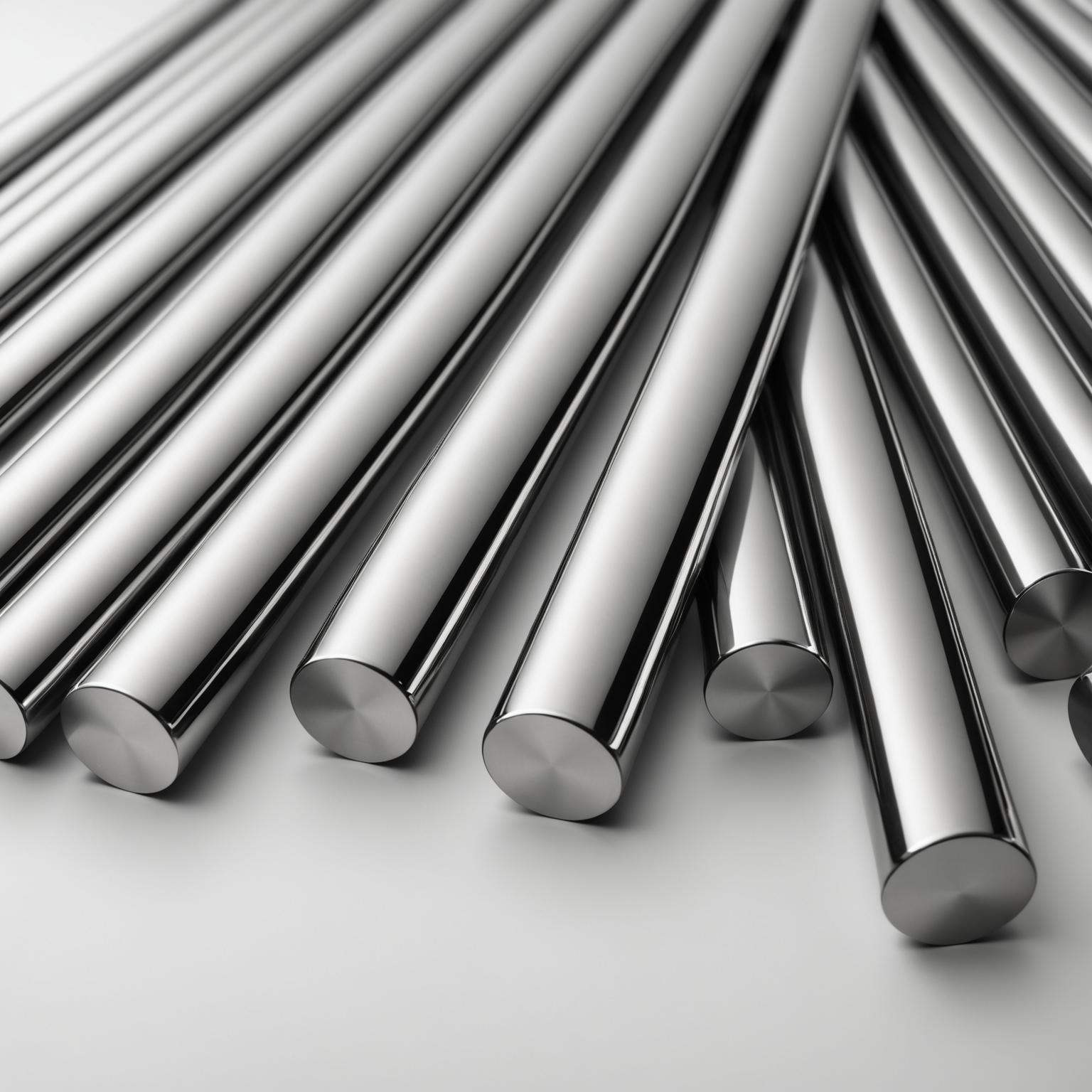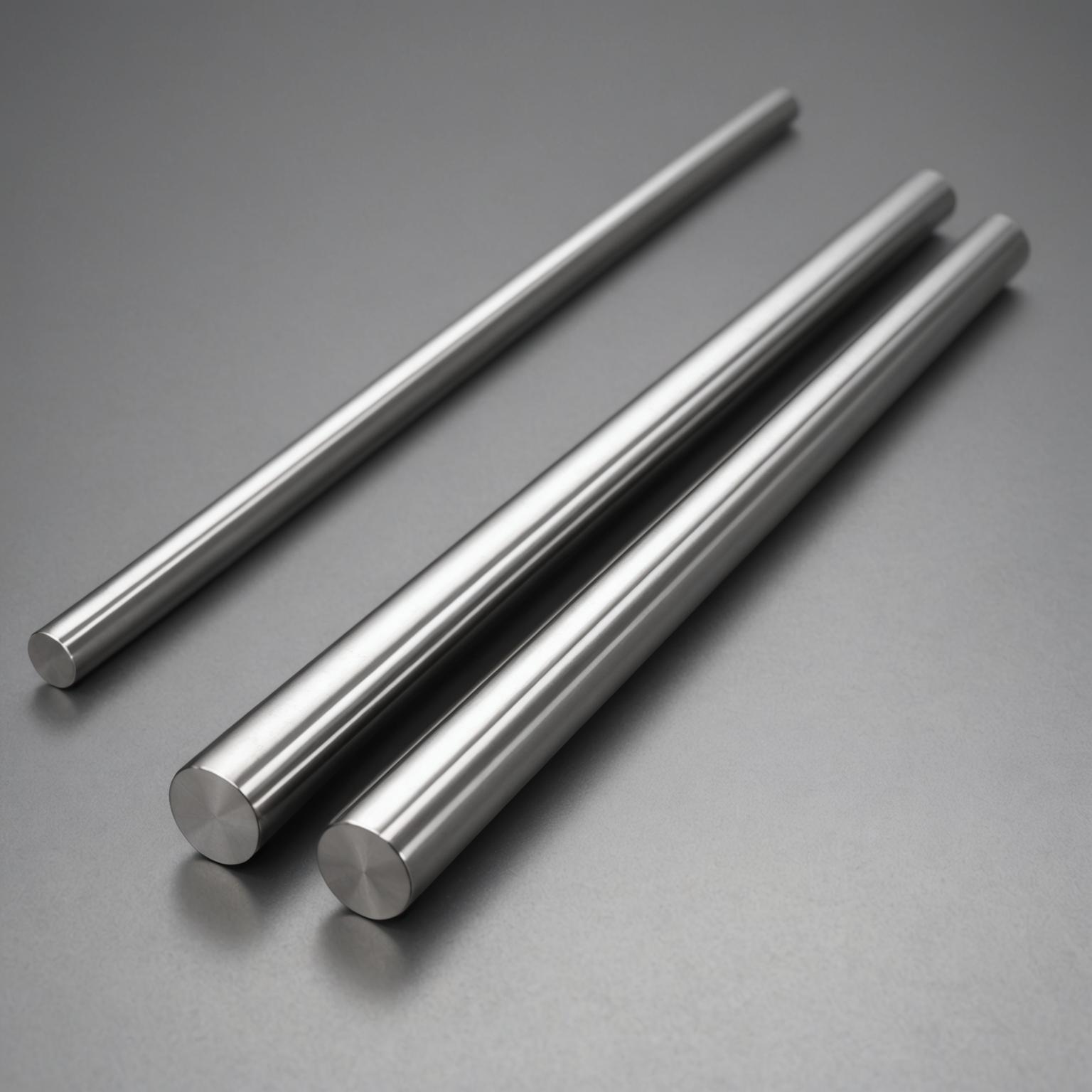When selecting materials for industrial, architectural, or mechanical projects, achieving superior stainless round bar corrosion resistance is often a primary objective. Stainless steel is renowned for its strength, durability, and clean aesthetic, but the level of protection it offers can vary significantly between different grades. This leads to a common and critical question in material specification: the choice between 316 vs 304 stainless steel. While both are excellent austenitic stainless steels, their subtle differences in chemical composition lead to major performance distinctions, especially in demanding environments. Understanding these differences is key to ensuring the longevity, safety, and cost-effectiveness of your project, as choosing the wrong grade can lead to premature failure and costly replacements.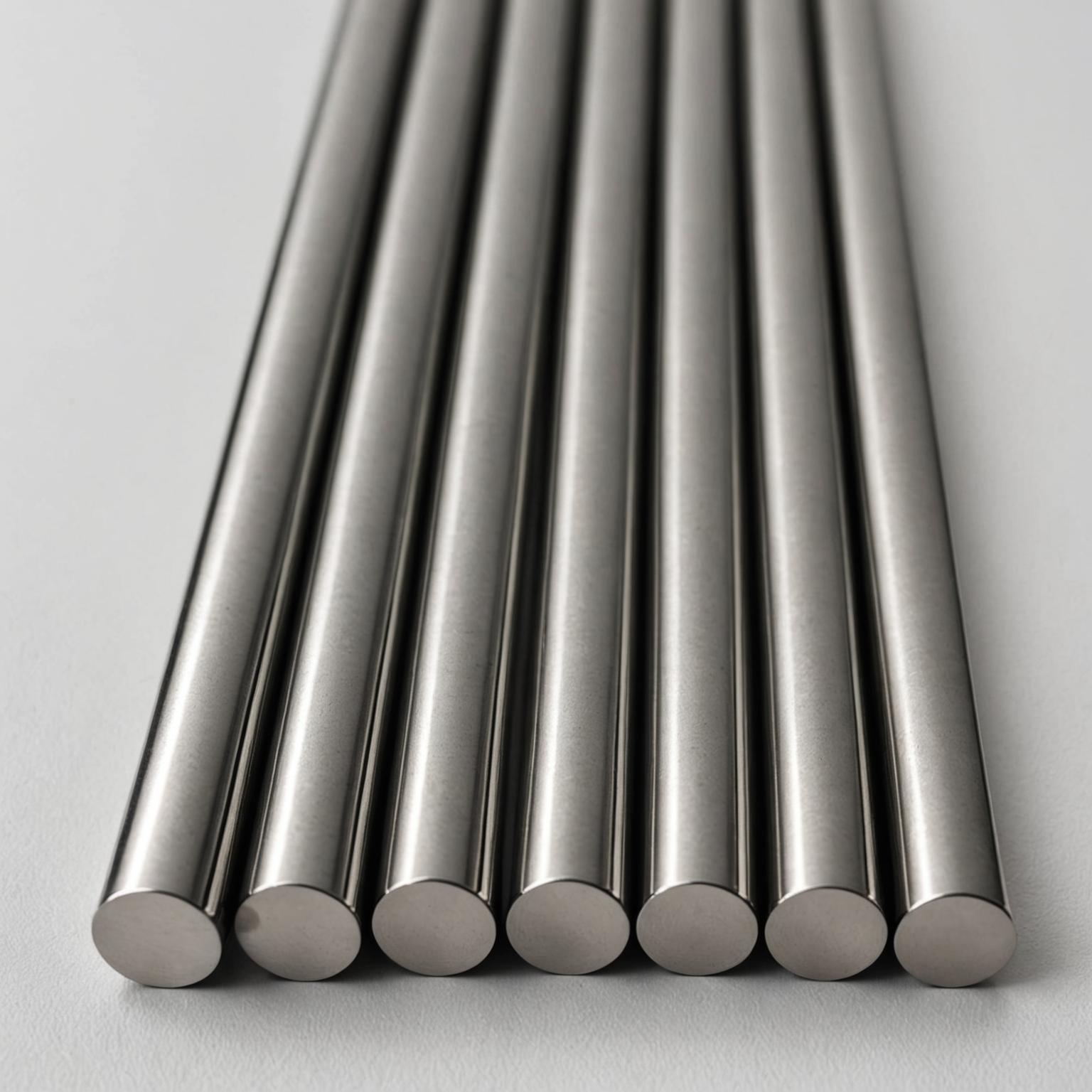
What is Grade 304 Stainless Steel?
Grade 304 is the most common and widely used stainless steel in the world, often referred to as 18/8 steel due to its typical composition of 18% chromium and 8% nickel. This composition gives Grade 304 its fundamental corrosion resistance. The chromium forms a passive, invisible, and corrosion-resisting oxide film on the surface. For a vast range of applications, this protective layer is more than sufficient. You will find 304 stainless steel in everything from kitchen sinks and cookware to architectural paneling, storage tanks, and automotive trim. Its popularity stems from a fantastic balance of corrosion resistance, excellent formability, high strength, and affordability. A 304 stainless steel round bar can be easily welded, machined, and polished to a lustrous, sleek finish, making it a versatile workhorse for countless industries. However, its primary weakness lies in its susceptibility to corrosion from chloride solutions, such as saltwater or de-icing salts. In these environments, the protective oxide layer can be compromised, leading to pitting or crevice corrosion.
Exploring Grade 316 Stainless Steel
Grade 316 stainless steel is the second most common grade, but it holds a distinct advantage in specific applications. Its chemical makeup is similar to 304, but with one critical addition: molybdenum, typically at a concentration of 2-3%. This single element dramatically enhances its corrosion resistance, especially against chlorides and other industrial solvents. This enhanced protection has earned 316 the moniker of "marine-grade stainless steel." The molybdenum helps to stabilize the passive oxide layer, making it far more robust and resistant to pitting attacks. Consequently, 316 stainless steel round bars are the standard choice for applications in or near coastal areas, on marine vessels, and in chemical processing plants. Its superior resistance also makes it the material of choice for medical implants and pharmaceutical manufacturing, where sterile and non-reactive surfaces are paramount.
Direct Comparison: 316 vs 304
The core of the 316 vs 304 debate centers on three key factors: corrosion resistance, cost, and temperature resistance. In terms of corrosion resistance, 316 is the undisputed champion in harsh environments. While 304 handles everyday exposure to moisture and mild chemicals well, it will quickly show signs of rust and pitting when exposed to saltwater spray, brine solutions, or bleach. Grade 316, thanks to its molybdenum content, will withstand these conditions for a significantly longer period, maintaining its structural integrity and aesthetic appeal. This performance gap is the single most important distinction between the two grades. When it comes to temperature, 316 also exhibits slightly better performance. It retains more of its strength at elevated temperatures and has a higher resistance to creep than Grade 304, making it more suitable for applications involving heat and corrosive elements simultaneously, such as in heat exchangers or boiler systems. Naturally, this superior performance comes at a price. The addition of molybdenum makes Grade 316 more expensive than Grade 304. For projects where the environment is benign and the budget is a primary concern, 304 stainless steel offers excellent value. However, specifying 304 in an application that requires 316 is a false economy that will inevitably lead to failure.
Choosing the Right Stainless Steel Round Bar for Your Project
Making the correct selection requires a careful assessment of the intended service environment. It is a decision that balances performance requirements against budgetary constraints. You should choose a Grade 304 stainless steel round bar if your project is situated indoors or in a low-pollution, non-coastal environment. It is ideal for general-purpose structural components, decorative interior elements, freshwater plumbing, and food processing equipment that does not handle high concentrations of salt or acidic solutions. Its combination of good performance and lower cost makes it the perfect fit for these less demanding scenarios. Conversely, you must specify a Grade 316 stainless steel round bar for any application with exposure to chlorides. This includes all marine hardware, boat railings, fixtures in coastal buildings, swimming pool equipment, and infrastructure near roads treated with de-icing salts. It is also the required standard for pharmaceutical equipment, chemical storage tanks, and laboratory settings. In these cases, the elevated stainless round bar corrosion resistance of 316 is not a luxury but a necessity for ensuring safety and product longevity.
Final Thoughts on Stainless Steel Integrity
In conclusion, the decision in the 316 vs 304 matchup is not about which grade is inherently better, but which grade is right for the job. Grade 304 is an outstanding, all-purpose material that serves countless applications effectively and economically. Grade 316 is a specialized, high-performance alloy engineered to thrive where 304 would falter. By analyzing the environmental conditions—specifically the presence of salt, chlorides, or harsh chemicals—you can make an informed choice that guarantees the structural and aesthetic integrity of your project for years to come. Investing in the correct material from the outset prevents future headaches, minimizes maintenance, and ultimately provides the best long-term value.



